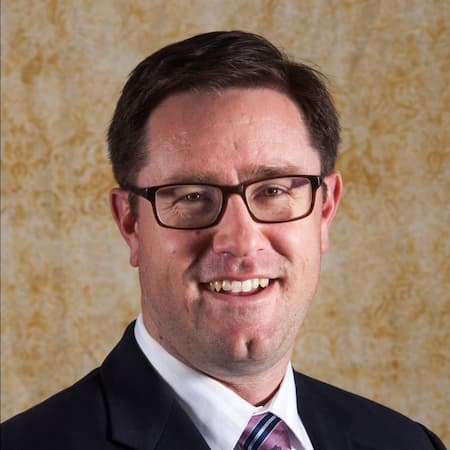Case Study

David Forsythe
Panorama Resident Council Transit
Samantha: How was scheduling done before finding VSP?
David: We had someone who was doing it using an Excel spreadsheet basically. It was primarily based on [volunteers'] preference sheets, but they only submitted their preferences once a year, so when people changed their preferences,it didn't become known until they said, "No I can't drive that shift now." It made it more complicated for the scheduler.
Samantha: What was the biggest challenge you were facing when it came to scheduling?
David: The biggest challenge was the amount of time involved every month, and having to call every single volunteer. We had to call them twice - the first time to make sure that they were okay with when we had scheduled them, and then we had to call them again to confirm that they were scheduled. Now we're sending out emails [through VSP]. There's an email that goes out before we schedule saying "We're going to schedule from now till March," for example, "are any dates in March you know you are unavailable?" Then when we make a schedule, we send an email saying "This is when we scheduled you.
Samantha: What would you say are the biggest benefits of using VSP to your organization?
David: It's saved the scheduler oodles of time, especially in telephone calls and matching things up with an excel spreadsheet. The second one would be the technology itself. There were those who didn't want to do it because it is technology... The transition has helped the community embrace the new technology. Third thing: it's just made communication easier for us.
Samantha: Do your volunteers find substitutes online using VSP, and has that affected participation?
David: They do, and that's another thing that's made it a lot easier. Instead of calling the scheduler, and having the scheduler go through the list of people who he then calls, the program does the whole job. I think volunteers are more willing to commit to substituting for people because they know them. Before, it was all done by telephone. And it was coming from the scheduler, instead of coming from the person who was asking them to substitute. [VSP] just made it a more personal process. So they've been able to connect more over that process.
Samantha: What has your volunteers' response been to using the Web Terminal?
David: It's been positive. There are a few people who aren't very technology oriented, and I've had to sit with them and show them how to do it, but they get used to it, and they always know they can call me if they have a problem...[the Web Terminal] has certainly changed the volunteer experience. I think VSP has brought people more in touch with the whole process of being part of the volunteer organization.
Samantha: How did you work with those who were less tech-savvy to get them using the Web Terminal?
David: I went and sat down with them and showed it to them one on one. That was only three or four people. What clued me into that was that someone didn't understand what a link was! Everybody who uses this stuff knows what a link is, but if you never used it before you wouldn't know! I think most of them are pretty good at it now.
View other case studies

School District PTA


and Country Club